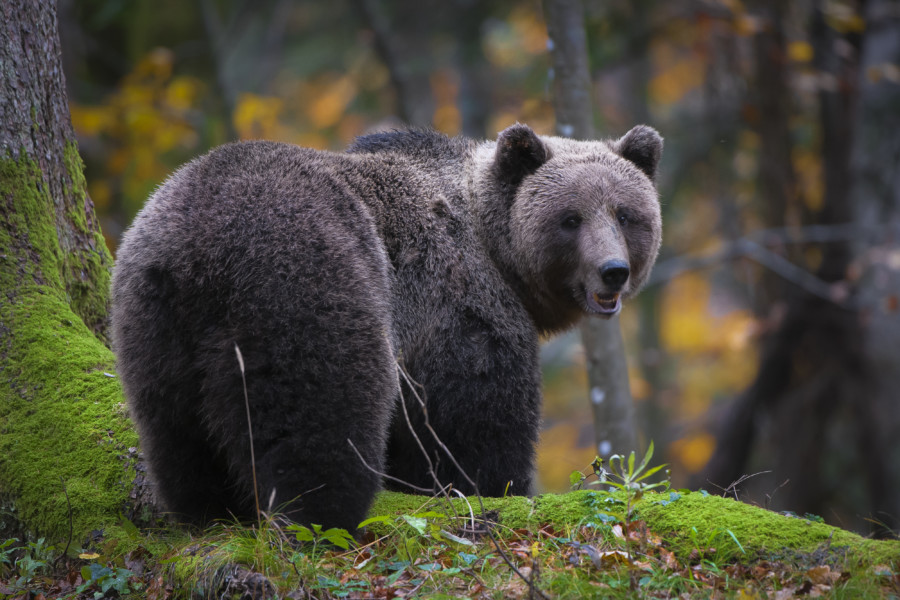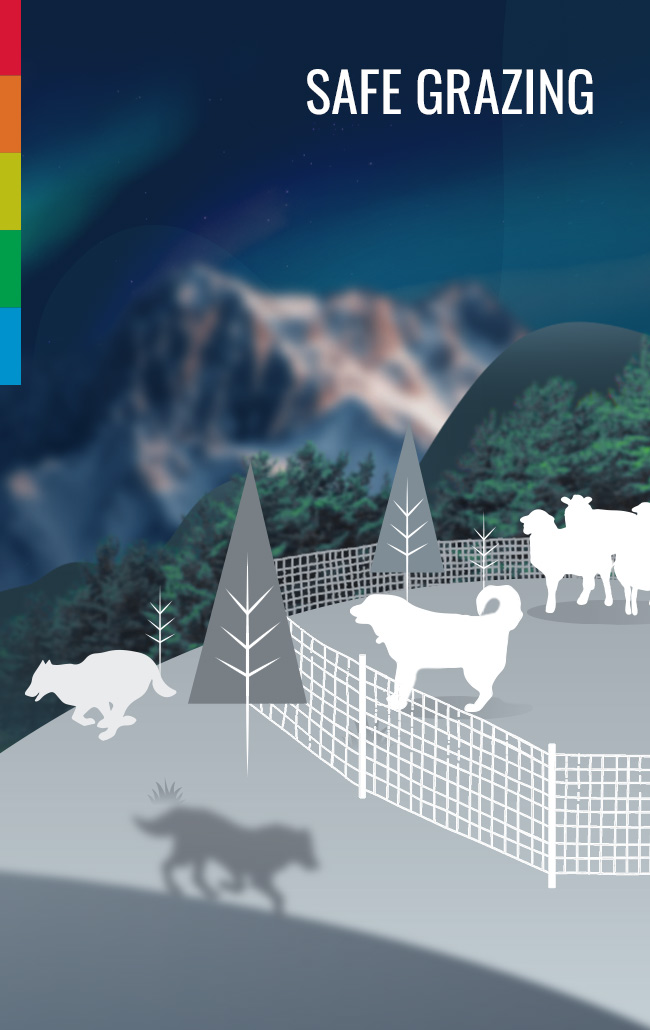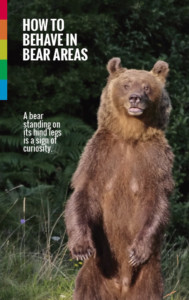Livestock protection by means of electric fences, livestock guarding dogs, shepherds or combinations of these are demonstrably effective and keep the damage caused by large carnivores low. Carinthian alpine pastures (Austria), however, pose specific challenges for livestock protection in certain areas, due to changes in livestock keeping during the past long-term absence of large carnivores.
LIFE DINALP BEAR project group visited the Carinthian alpine pastures in the border region with Slovenia and Italy, where we have met some farmers and landowners to listen to their opinions and beliefs. They exposed the importance of maintaining present cultural landscape with grazing and pointed out that the pastures are used by very small flocks (50-150 sheep), owned by up to twenty different farmers. This is likely the very core of the problem, as small-scale flock owners feel they could not protect their flocks against attacks in an effective and economic way. To take into account the economic perspective, it might help to combine the sheep from several pastures to flocks of several hundredths sheep. This poses a challenge both in large carnivore conservation and in traditional agricultural policies objectives, which has been made in the time of large carnivores absence, and challenges many stakeholders to take part in the constructive search of the most acceptable solution.












